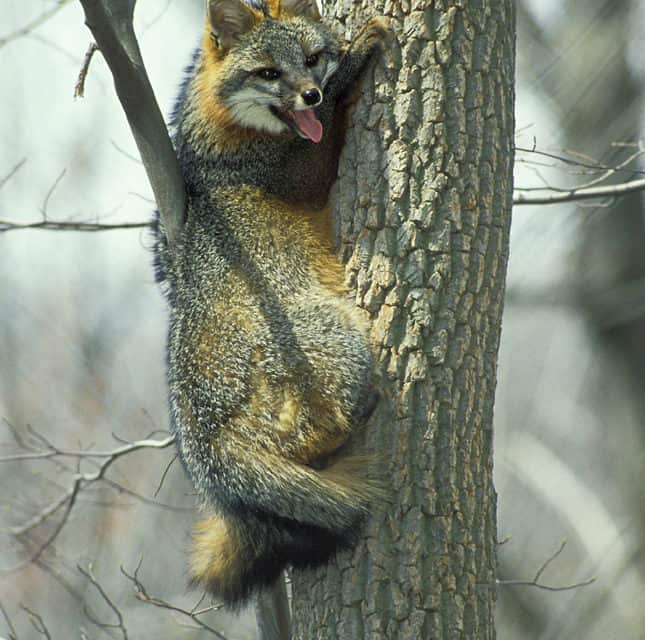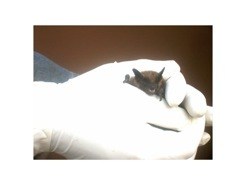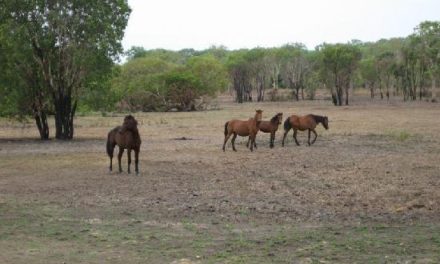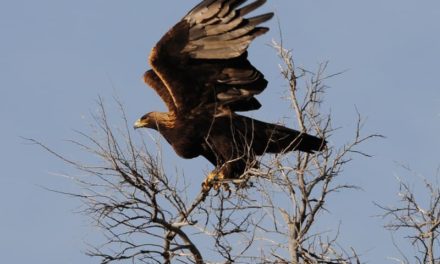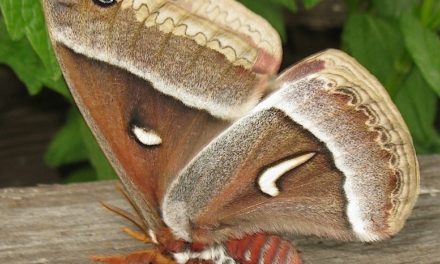By Melissa Wynn
All foxes are members of the dog family and how often do you see a dog up a tree? If the dog happens to be a Grey Fox it is more often than you might think. Extra long claws on their hind feet give these cunning canines a catlike grip to venture into the conifer canopy, while the front feet are used to grip the trunk like a bear. The agile Grey Fox climbs trees not only to escape predators but also to hunt small birds, lizards, eggs and other tree dwelling foods. Unlike their Red Fox cousins the Greys do not dig dens but prefer to make their homes in hollow logs, rock formations, brush piles and even (you guessed it) in the trees. Grey Fox dens are often lined with a comfortable bed of grass, leaves and/or shredded bark. There’s no place like a tree house home.
From a distance, the Grey Fox looks like a small. pointy eared dog. Adults are 35 to 44 inches long and weigh in from 5 to 14 pounds. The sides of its stocky neck, backs of its ears, and underside of its tail are a pale, rusty yellow. A vivid redhead orange band separates the white throat and belly from the salt and pepper colored upper sides and back. A black mane of long, coarse hair extends along the top of the bushy Grey Fox tail from its base to the all black tip. Handsome as can be these forest frolickers are a “foxy” sighting for the lucky few who catch a glimpse of the Grey Fox during daylight.
Nocturnal by nature, our illusive neighbor prefers the nightlife and manages to mostly keep out of sight. I have only seen one Grey Fox in my lifetime. He came for a drink across the water from where my father and I were night fishing for catfish. A bright moon let us watch him have his drink and then quietly slip back into the woods. The Grey Fox is a rare sighting so keep your eyes peeled and remember to look up. Is that a Grey Fox up a tree?
facts courtesy of blueplanetbiomes.org
dennispollardphotography.com..pic pending permission.

